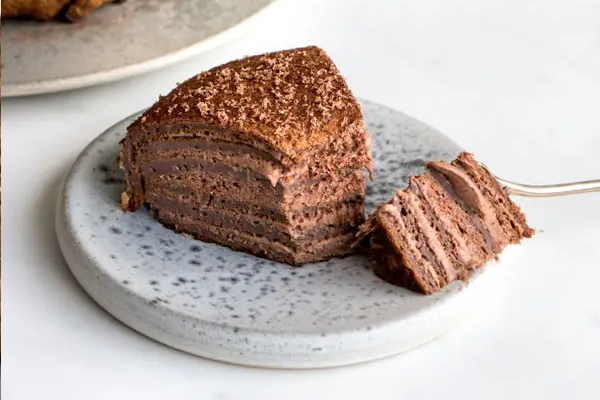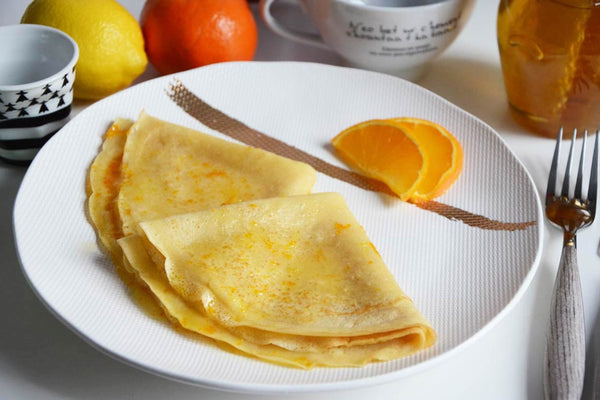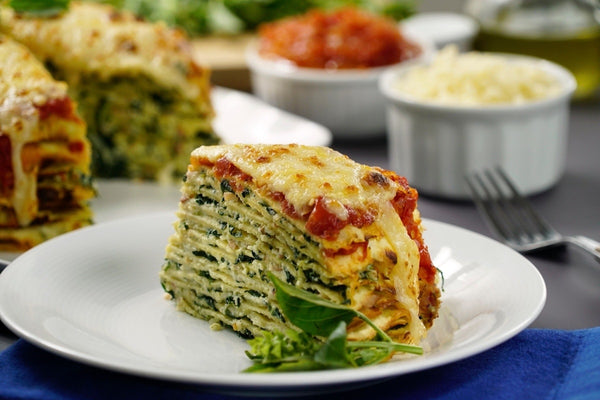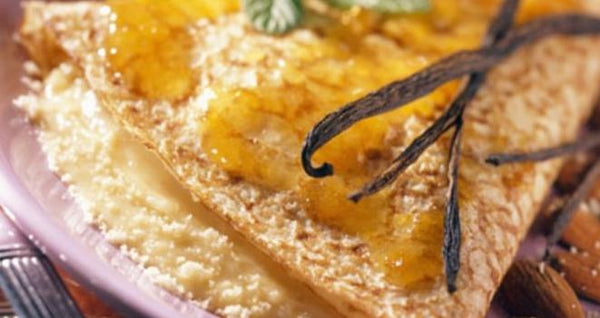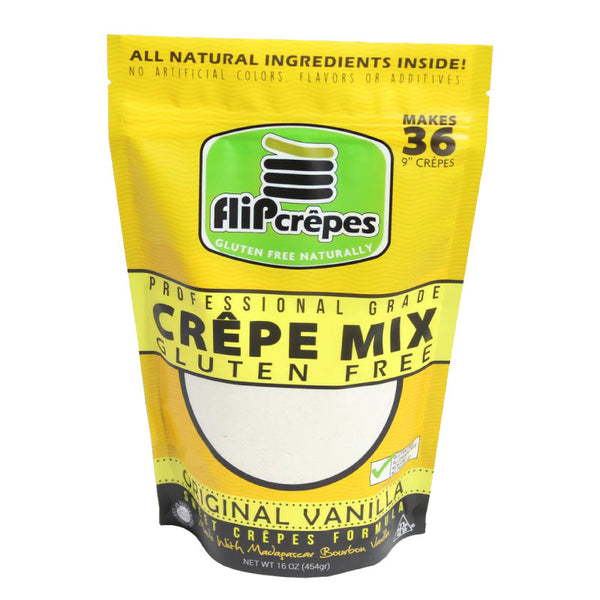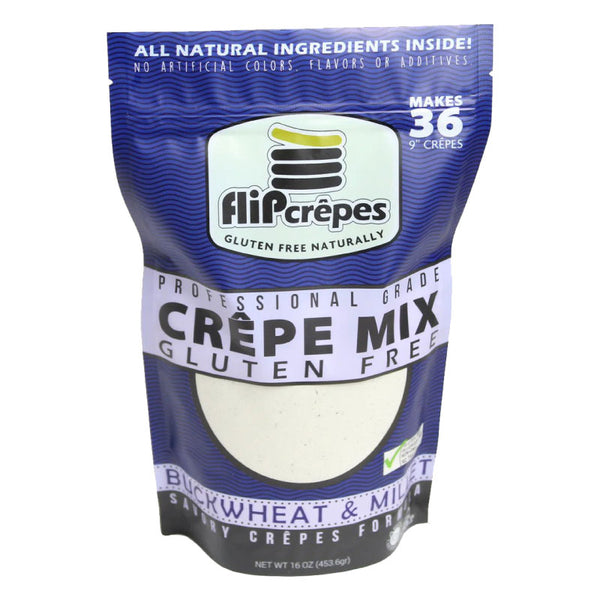Buckwheat is a grain that has been cultivated for thousands of years and is known for its nutritional value and versatility in the kitchen. This article explores the various culinary traditions around the world that use buckwheat as a staple ingredient, aside from the most well-known association with French cuisine.
In Russia, buckwheat is a staple ingredient in many dishes, including kasha and blini. Kasha is a traditional Russian dish made by boiling buckwheat groats in water or milk, often served as a side dish or used as a filling for savory pastries. Buckwheat is also used to make blini, which are thin, crepe-like pancakes served with sour cream or caviar.
In Japan, buckwheat is used to make soba noodles, a popular dish both in Japan and around the world. Soba noodles are typically served cold with a dipping sauce or hot in a savory broth. Buckwheat is also used to make sobacha, a type of Japanese tea made by roasting and grinding buckwheat groats.
In Korea, buckwheat is used to make memil-buchimgae, a type of pancake made with a mixture of buckwheat flour, vegetables, and sometimes seafood. These pancakes are often served with a spicy dipping sauce and are a popular street food in Korea.
Aside from its culinary uses, buckwheat is also known for its nutritional value. It is high in fiber, protein, and minerals, and has been shown to have numerous health benefits, such as reducing cholesterol levels and improving blood sugar control.
It is clear that buckwheat has a place in many culinary traditions around the world, beyond its association with French crepes. By incorporating buckwheat into your cooking, you can explore new flavors and add depth and complexity to your dishes.
References:
- Food and Agriculture Organization of the United Nations. (1995). Buckwheat. Retrieved from http://www.fao.org/docrep/T0646E/T0646E04.htm
- Higashimura, Y., Baba, Y., Inoue, R., Sasaki, Y., Nakatani, Y., & Fukumoto, M. (2017). Buckwheat consumption and cardiovascular disease risk factors: A systematic review and meta-analysis. Journal of Functional Foods, 35, 460-471. doi: 10.1016/j.jff.2017.06.029
- Kim, J. K., Lee, K. G., Kim, M. K., Lee, M. H., & Kim, M. J. (2012). Nutritional compositions and antioxidant activities of buckwheat flour and sprout. Journal of the Korean Society of Food Science and Nutrition, 41(9), 1326-1332. doi: 10.3746/jkfn.2012.41.9.1326
- Ogawa, A., Yoshino, K., & Sano, H. (2014). Health benefits of buckwheat polyphenols. Journal of Agricultural and Food Chemistry, 62(22), 5049-5053. doi: 10.1021/jf501408z
- Anthony, K. (2017). Buckwheat: The Ultimate Recipe Guide. CreateSpace Independent Publishing Platform.
- Martin, M. (2019). The Ultimate Guide to Buckwheat: Health Benefits, Uses, and Recipes. RDA Press, LLC.
